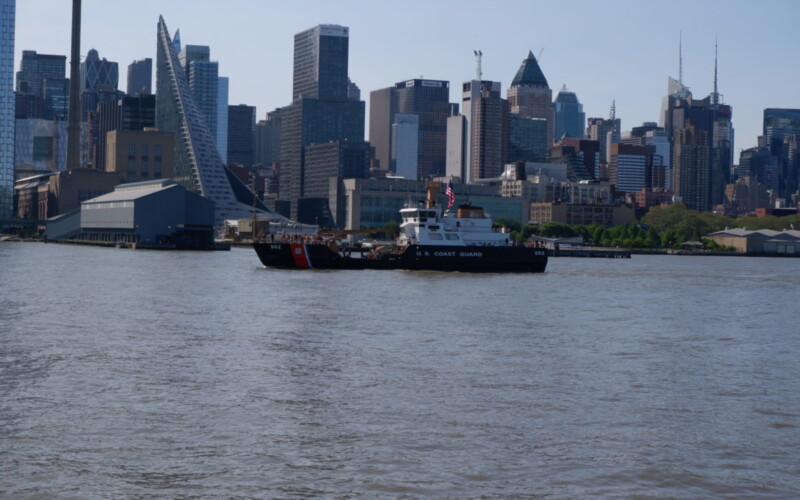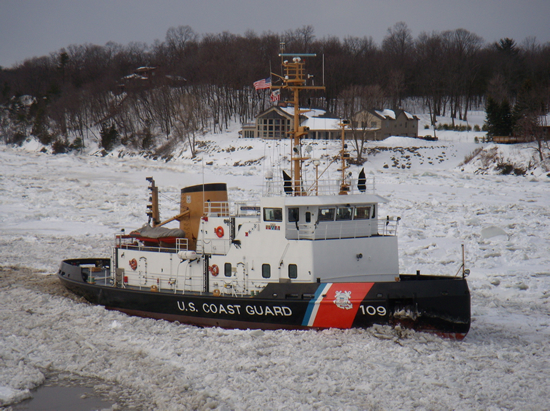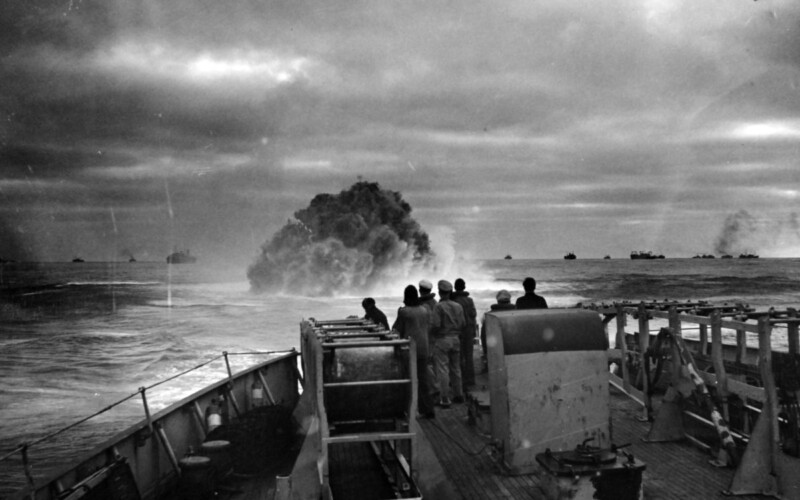We have experience hosting a range of audiences, from college classes to birthday parties to company outings, and we customize our tours to meet your group’s interests and needs.
Book a private tour today
To mark the 230th birthday of the United States Coast Guard, we’re looking back at the history of the “always ready” service. Due to New York’s position as one of …
Read more

On Wednesday, May 20, a small flotilla of US Navy and Coast Guard ships will steam under the Verrazano Narrows Bridge to mark the beginning of a week-long, city-wide celebration …
Read more

If you have not yet been to the Brooklyn Museum to see their stunning exhibition WAR/PHOTOGRAPHY, make no delay – the show closes on Sunday, February 2, when its three-city …
Read more
